The Rhodes piano feature focuses on Hiroshi Sato, the leading player of the Rhodes piano in Japan.
Hiroshi Sato is an artist who does not fit merely into the category of J-pop pianist. He is an arranger, lyricist, composer, singer, recording engineer, synthesizer programmer, and music producer—his activities span many fields.
In 2008, Hiroshi Sato won the 50th Japan Record Awards’ Excellence Work Award for Thelma Aoyama’s song “Soba ni Iru Ne”. Sato himself took care of the arrangement, performance, sound production, and other processes needed for the track.
I had the opportunity to visit Sato’s home studio in the past, and I was amazed at the vast amount of equipment he had. The studio was filled with expensive gear, including a massive mixing console, master keyboard, several keyboards, synthesizer sound sources such as the Oberheim Expander, two Roland D-550s, Yamaha FM synthesizers, drum machines, reverb equipment, and numerous digital effect units all stacked in racks.
Surrounded by this extensive setup, Sato shared his ambition to “transmit my unique music to the world,” which was inspiring. In that sense, winning the Excellence Work Award at the Japan Record Awards seemed like the culmination of his musical vision.
Hiroshi Sato, a musician not only dedicated to keyboard performance but also with an overarching approach to music production, likely saw acquiring his piano skills from age 20 as a shortcut to communicating his desired music rather than just mastering the keyboard.
In this part of Hiroshi Sato’s feature (Part III), I’ll explore tracks reflecting his work as an arranger and music producer, along with brilliant Rhodes piano performances on albums by female artists.
■ Recommended Album: Minako Yoshida Flapper (1976)
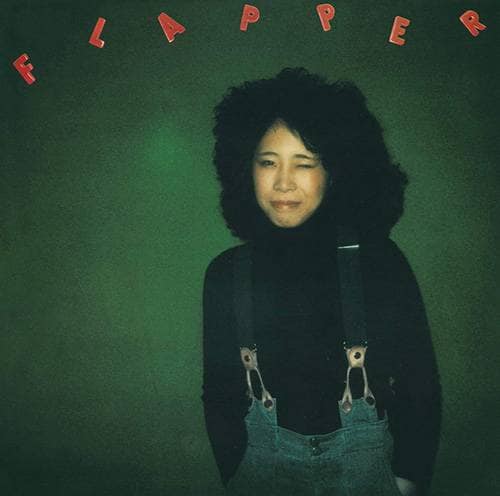
Released in 1976, this album features musicians from the Tin Pan Alley group, such as Haruomi Hosono, Shigeru Suzuki, and Hiroshi Sato. The connections with Tatsuro Yamashita and Taeko Onuki also add to its charm.
Historic hits such as Eiichi Ohtaki’s “Yume de Aetara”, Hosono’s “Ramu wa Osuki?” and Yamashita’s self-cover of “Last Step” can be heard here.
On this album, Hiroshi Sato contributed arrangements, performance, and songwriting for two tracks.
Recommended Track: “Asa wa Kimi ni”
Hiroshi Sato’s performance on this track is considered one of his finest. His sharp Rhodes piano playing is mesmerizing.
The tremolo-infused Rhodes piano intro is delicate, with slightly bluesy nuances and crisp passages emerging at perfect intervals. The rhythm section by Shuichi “Ponta” Murakami and Akira Okazawa adds further brilliance.
As the arranger, Sato’s mastery is evident—his precise design for the track is clear, with every Rhodes piano phrase thoughtfully placed: a perfectly executed glissando or just a single note before the A melody... These are Hiroshi Sato’s original techniques designed to highlight the Rhodes piano. I have never encountered a musician who used the Rhodes piano in such a way before. The rich, full-bodied performance that only Hiroshi Sato can deliver shines brightly in this track, radiating a dazzling brilliance.
■ Recommended Album: Nanako Sato Pillow Talk (1978)
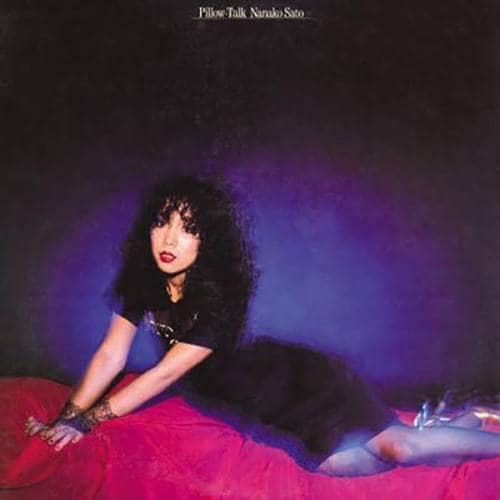
This 1978 masterpiece by Nanako Sato showcases her signature sexy whispering voice. It carries the mood that can be considered the roots of J-pop. A key player in shaping this atmosphere is Hiroshi Sato’s keyboard performance. The album is produced by Chū Kosaka, with Sato contributing to the arrangement and composition of three tracks, including “Sunday Flapper” and “The Last Trick”.
Recommended Track: “The Last Trick”
A cover from Hiroshi Sato’s second album Time. The original acoustic guitar strumming fades into the background, and the arrangement shifts to a lighter bossa nova touch.
From the intro, you can hear Sato’s signature calypso-style synthesizer solo floating over the Rhodes backing. The standout moment in the track is the solo on the Rhodes piano. The silky touch of Sato’s Rhodes piano solo seems almost tailored to complement Nanako Sato’s whispering voice, showing the true essence of Hiroshi Sato as a performer. While there are some bluesy phrases, for some reason, it doesn’t feel dark, which I believe is due to the magic of the Rhodes piano played by Sato.
■ Recommended Album: Ruriko Ohgami Dreamer From West (1978)
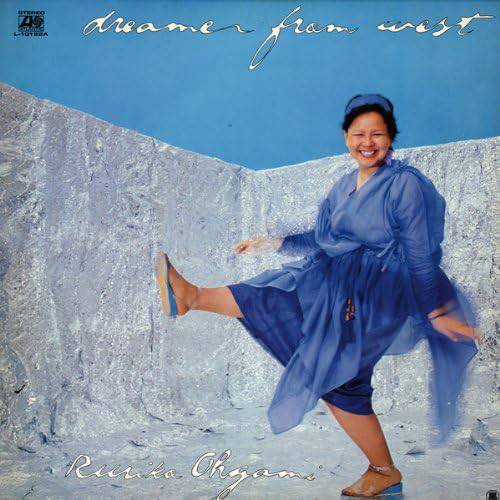
Ruriko Ohgami, a former member of Starking Delicious and known as ‘The Aretha Franklin of Naniwa’, presents her brilliant second album. The album features a newly formed band, the Spanish Harlem Side, and is supported by a roster of first-call musicians, including Hiroshi Sato (Key), Shuichi “Ponta” Murakami (Drums), Tatsuo Hayashi (Drums), Masaki Matsubara (Guitar), Junshi Yamagishi (Guitar), and Nobu Saito (Percussion).
The album’s overall musical direction was overseen by Hiroshi Sato. Needless to say, the Rhodes piano shines throughout. With both artists hailing from Kansai, their collaboration was a perfect match, resulting in a refined J-pop funk masterpiece.
Recommended Track: “Blue Heart (Kouta)”
A lively track with a 16-beat rhythm. The Rhodes piano backing with its 16-beat rhythm is so perfectly executed that it almost serves as a lesson in how to play this style. The use of glissandos within the backing might have been one of Sato’s trends at the time, as they appear throughout the track. The lightness of the rhythm likely comes from Hiroshi Sato’s inherent sense of rhythm. One can’t help but be in awe of his refined sense of how to handle rests in the music.
Musicians, Albums, and Recommended Tracks Featured in This Article
- Artists: Hiroshi Sato, Minako Yoshida Nanako Sato, Ruriko Ohgami, and others
- Albums: Flapper, Pillow Talk, Dreamer From West
- Recommended Tracks: “Asa wa Kimi ni”, “The Last Trick”, “Blue Heart (Kouta)”
The “sound & person” column is made up of contributions from you.
For details about contributing, click here.






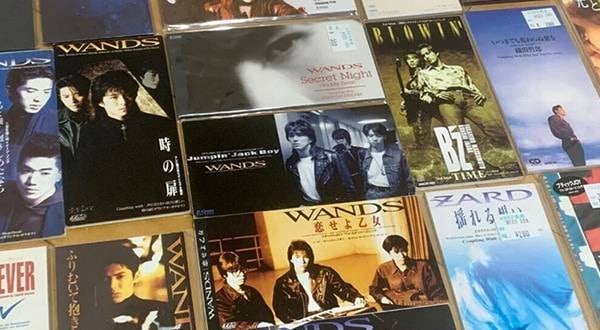
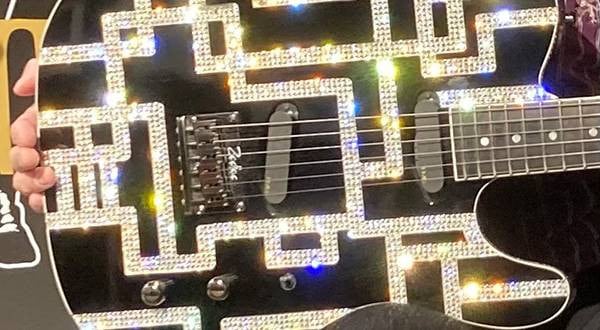
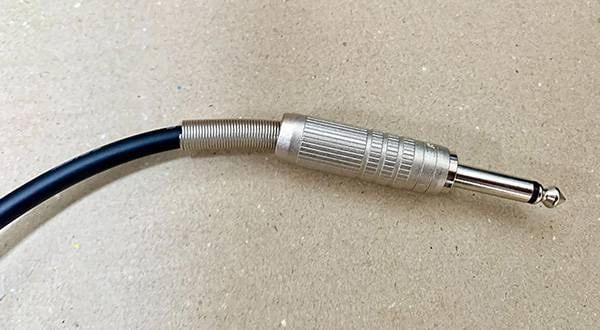
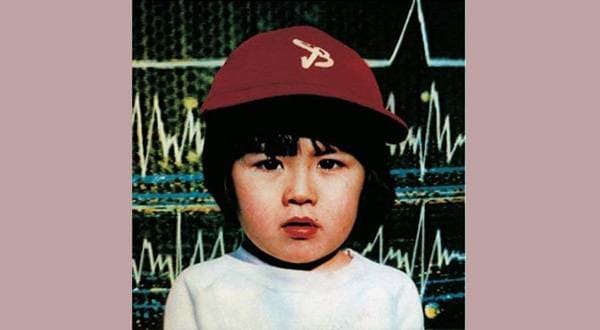
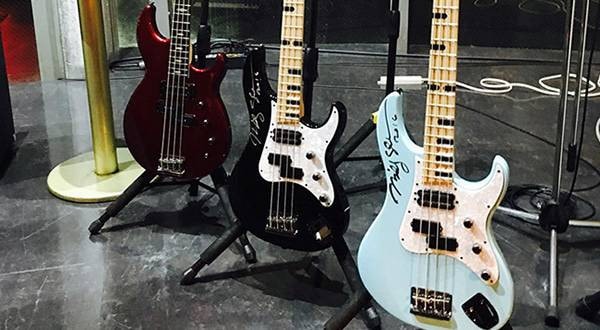
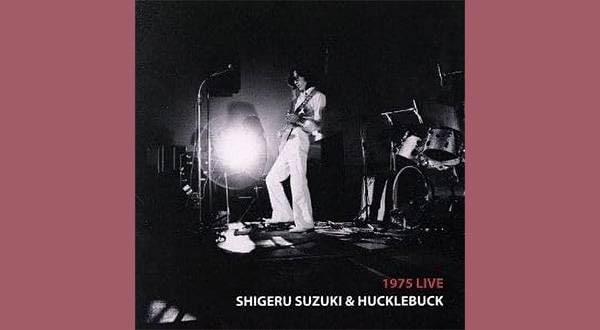
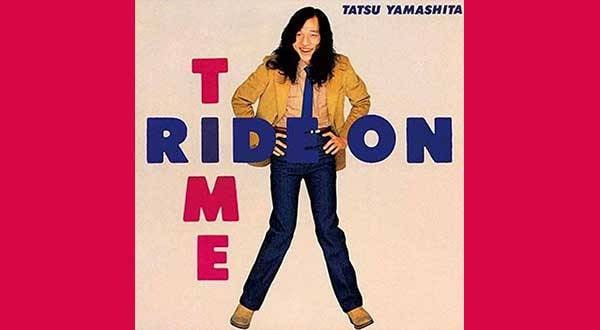
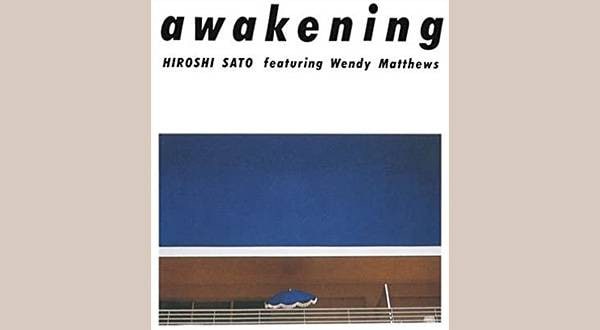
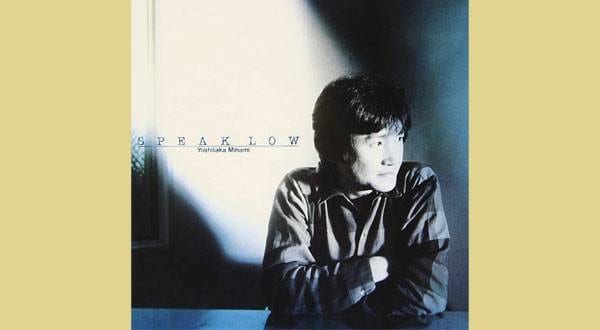
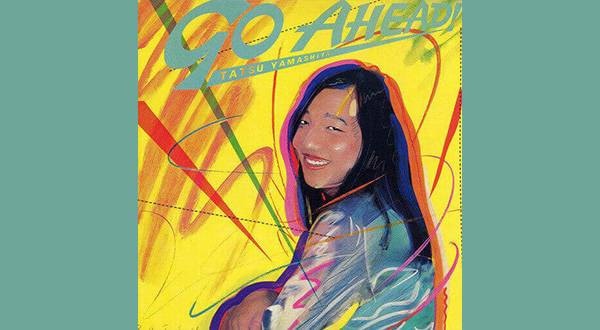
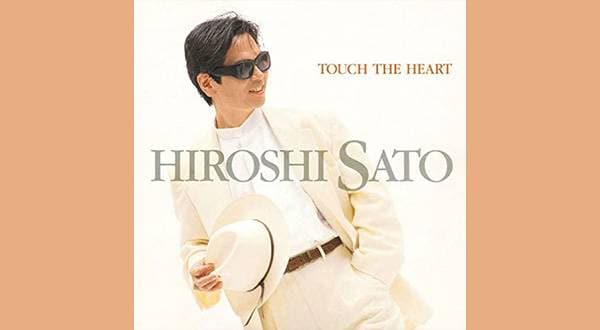
 エレクトリックピアノ 入門ガイド
エレクトリックピアノ 入門ガイド
 シンセサイザー 入門ガイド
シンセサイザー 入門ガイド
 電子ピアノ デジタルピアノ 入門ガイド
電子ピアノ デジタルピアノ 入門ガイド
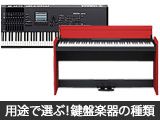 用途で選ぶ!鍵盤楽器の種類
用途で選ぶ!鍵盤楽器の種類
 キーボードスタートガイド
キーボードスタートガイド
 キーボード・ピアノ講座
キーボード・ピアノ講座















